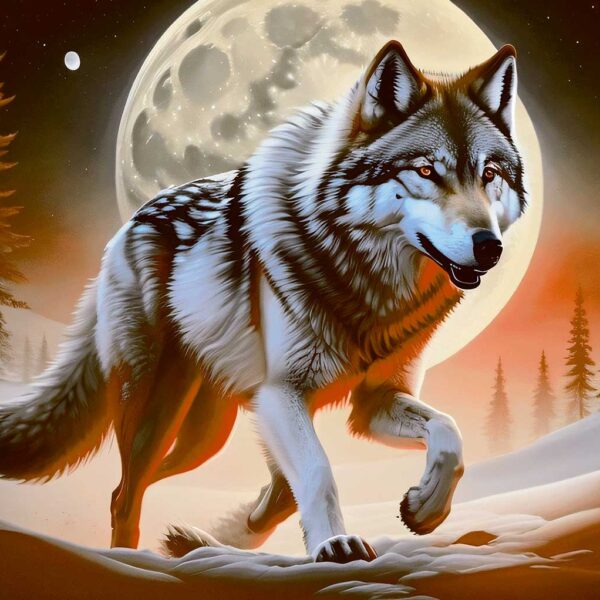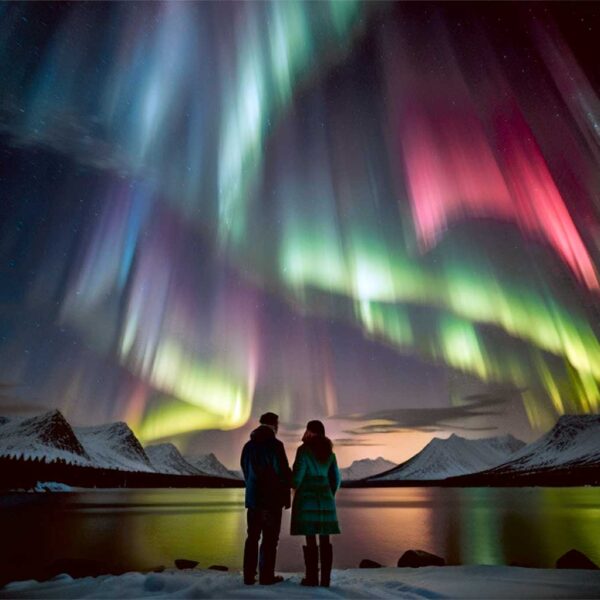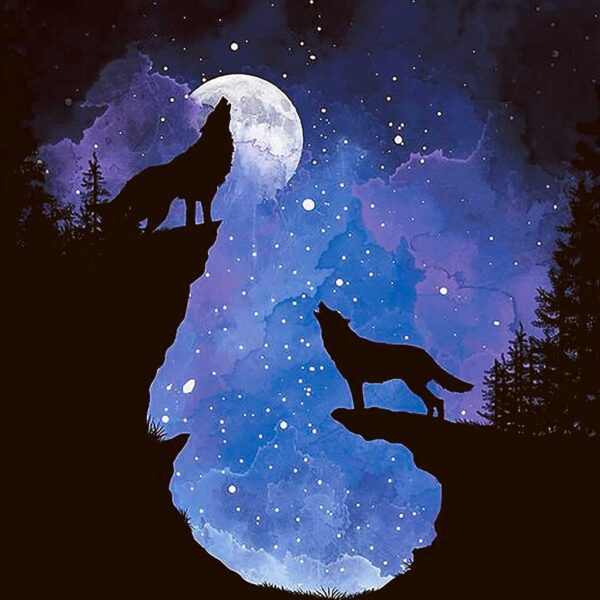Shop
Illuminate Your Moments with Custom LED Box Frames
Handcrafted LED lightboxes with swap-in personalised inserts—two free photo prints included. Mains or battery power. Made in the UK.

Illuminate Your Moments with Custom LED Box Frames
Welcome to the world of LED box frames UK—where memories aren’t just displayed, they shine. Illuminate your most cherished moments with our handcrafted, eco‑friendly LED box frames—designed to create emotion, bring joy, and light up every space. Each piece is a plug‑and‑glow masterpiece, arriving ready to brighten your life from the moment you open the box.
Free UK Shipping £12+
Fast, tracked delivery
30-Day Returns
See T&Cs
12-Month Warranty
Register your frame
Secure Checkout
PayPal · Visa · Mastercard
Shop by Theme
-

Animal-Inspired LED Box Frames (227)
-

Anime LED Box Frames (40)
-

Children LED Box Frames (23)
-

Christmas LED Box Frames (19)
-

Cityscape LED Box Frames (19)
-

Custom LED Box Frames (7)
-

Halloween LED Box Frames (45)
-

Landscape LED Box Frames (108)
-

Love-Themed LED Box Frames (46)
-

Mystical Creatures LED Box Frames (20)
-

Northern Lights LED Box Frames (64)
-

Space-Themed LED Box Frames (97)
Bestsellers
Newest Arrivals
-
Anime LED Box Frames, Halloween LED Box Frames
£6.00 See more This product has multiple variants. The options may be chosen on the product page -
Christmas LED Box Frames, Space-Themed LED Box Frames
£6.00 See more This product has multiple variants. The options may be chosen on the product page -
Anime LED Box Frames, Halloween LED Box Frames
£6.00 See more This product has multiple variants. The options may be chosen on the product page -
Anime LED Box Frames, Halloween LED Box Frames
£6.00 See more This product has multiple variants. The options may be chosen on the product page
Mini FAQ
How do I power the frame?
Use USB (mains) or AA battery pack. Setup guide here.
How fast is delivery?
Tracked UK shipping (free £12+). Timelines on our Shipping page.
What’s your returns policy?
30-day returns & exchanges. Start here.
Do you offer a warranty?
Yes—12-month warranty. Activate here.
-

Anime LED Box Frames (40)
-

Halloween LED Box Frames (45)
-

Valentine’s Day LED Box Frames (16)
-

Wolves (13)
-

Animal-Inspired LED Box Frames (227)
-

Children LED Box Frames (23)
-

Christmas LED Box Frames (19)
-

Cityscape LED Box Frames (19)
-

Landscape LED Box Frames (108)
-

Custom LED Box Frames (7)
-

Love-Themed LED Box Frames (46)
-

Northern Lights LED Box Frames (64)
-

Unique & Miscellaneous LED Box Frames (4)
-

Space-Themed LED Box Frames (97)
-

Transport-Themed LED Box Frames (25)
-

Mystical Creatures LED Box Frames (20)








